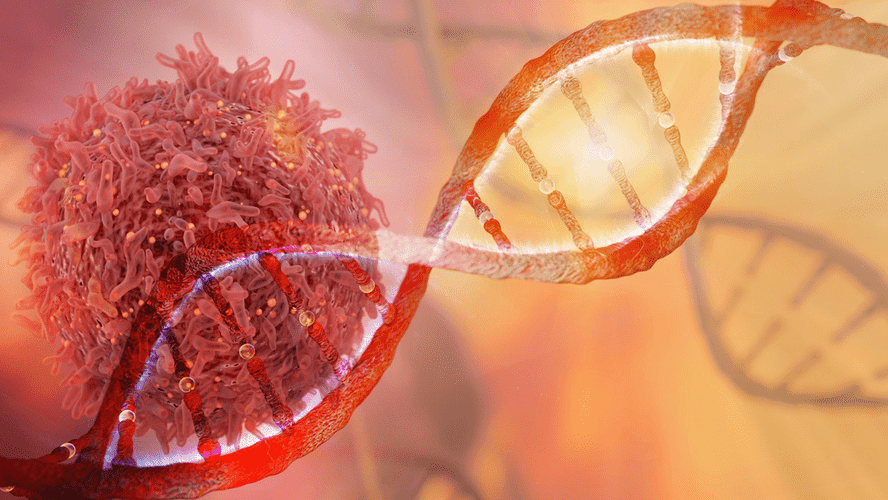One difference is that drug toxicity generally occurs over time, while drug overdose happens when too much of a substance is consumed at once. Drug toxicity is typically accidental, while drug overdose can be either accidental or intentional. In pharmacology, drug toxicity occurs when a person has accumulated too much of a prescription drug in their bloodstream, leading to negative effects. The stability of substances in biological matrices is a fundamental factor influencing the reliability of toxicological results. Various drugs and their metabolites can undergo chemical and enzymatic changes after collection, particularly in postmortem samples, where decomposition processes and environmental conditions exacerbate instability. Factors such as temperature, pH, and the presence of enzymatic activity in the matrix can significantly affect the concentration of substances, leading to potential degradation or transformation 13-27.
Health Categories
This is the primary treatment in cases where toxicity occurs well after drug discontinuaiton. When corticosteroids are being considered, infectious causes must be excluded prior to initiation. An oral epidermal growth factor (EGFR) tyrosine kinase (TK) inhibitor utilized in NSCLC patients. The potential mechanism for toxicity is due to the presence of EGFR expression on type II pneumocytes that are involved in alveolar wall repair.

Publication types
Infusion should be withheld until symptoms abate, usually in less than 30 minutes. Cisplatin is a bifunctional alkylating agent commonly utilized in many solid tumors, including breast, ovaries, head, neck and lung cancers. Neurotoxicity with cytarabine presents days following any course of therapy. The neurotoxicity presents as “stroke-like” and results from vascular occlusion with ischemic infarctions.
- Cetuximab causes severe infusion reactions in up to 4% of patients and occur within the first 30 minutes of the first infusion.
- Many people do have an emotional problem that has brought on their use or need for drugs or medication.
- In fact, with repeated doses, up to 43% of patients develop hypersensitivity reactions including anaphylaxis.
- Nails have been used to detect substances such as methamphetamine, cocaine, and benzodiazepines, often in cases where other matrices are unavailable or compromised.
- Individual tolerance levels and the presence of multiple substances further complicate interpretation.
Healthcare-Associated Infections
The onset of symptoms is acute, presenting within hours to days after administration, typically with the first or second dose of chemotherapy. Symptoms are usually transient and can resolve spontaneously within hours; however, fatal cases and prolonged symptoms have been reported. The exact mechanism for neurotoxicity with ifosfamide is uncertain, but numerous theories exist including neurotoxic metabolites.
Toxic effects are generally classified as acute toxicity or chronic toxicity. The substance that has been taken may often be determined by asking the person. However, if they will not, or cannot, due to an altered level of consciousness, provide this information, a search of the home or questioning of friends and family may be helpful. It’s important to have harm reduction tools and education available in all those places as well. Once the person starts breathing on their own, you can tip them onto their side into a recovery position.
Hypersensitivity reactions have been reported with all the platinum compounds (carboplatin, cisplatin and oxaliplatin). The total incidence of all reactions ranges what is alcoholism from %, depending on severity and specific platinum agent used. Reactions can occur within minutes of receiving an infusion but mild symptoms have been reported up to days after infusion.
- Jones et al. (2010) emphasized the predominant role of ethanol in mono-intoxication cases, with mean concentrations of 3.06 g/L 25.
- Patients usually present with fever, dyspnea on exertion, fatigue, and less commonly weight loss or hemoptysis.
- However, a unique feature of pentazocine is its potential to cause nightmares, hallucinations, and delusions.
- Good documentation can mean the difference between getting credit for prescription drug management and monitoring for toxicity.
- Advances in analytical techniques, including mass spectrometry-based methods, have significantly improved the detection of drugs in postmortem cases.
Addressing the stability of substances in biological matrices is crucial for the accurate interpretation of toxicological findings. By mitigating factors that compromise stability, forensic experts can provide more reliable insights into the presence and role of substances in overdose deaths, strengthening both medical and legal conclusions. For instance, benzodiazepines and opiates, commonly encountered in overdose cases, are generally stable in biological matrices under proper storage conditions, such as refrigeration or freezing 13-27. However, certain substances, such as cocaine, are known to degrade rapidly due to hydrolysis into benzoylecgonine, making timely collection and preservation of samples critical.
Prevention efforts and evidence-based strategies
This is particularly relevant for people with opioid https://crm56.ru/2023/09/14/marijuana-addiction-definition-causes-effects/ use disorders and leaving prison, as they have very high rates of opioid overdose during the first four weeks after release. The causes of drug toxicity can be classified in several ways and include mechanism-based (on-target) toxicity, immune hypersensitivity, off-target toxicity, and bioactivation/covalent modification. In addition, idiosyncratic responses are rare but can be one of the most problematic issues; several hypotheses for these have been advanced. Although covalent binding of drugs to proteins was described almost 40 years ago, the significance to toxicity has been difficult to establish; recent literature in this field is considered. The development of more useful biomarkers and short-term assays for rapid screening of drug toxicity early in the drug discovery/development process is a major goal, and some progress has been made using “omics” approaches.

Concurrent use of other chemotherapies and pre-existing pulmonary fibrosis are two potential risk factors for erlotinib-induced ILD. Treatment is primarily drug discontinuation and supportive care; drug re-challenge is not recommended. Corticosteroids can be considered but have little primary evidence to support their routine use. Naloxone what is drug toxicity is a life-saving medication used to reverse an opioid overdose, including heroin, fentanyl, and prescription opioid medications. Naloxone has very few negative effects, and has no effect if opioids are not in a person’s system.






